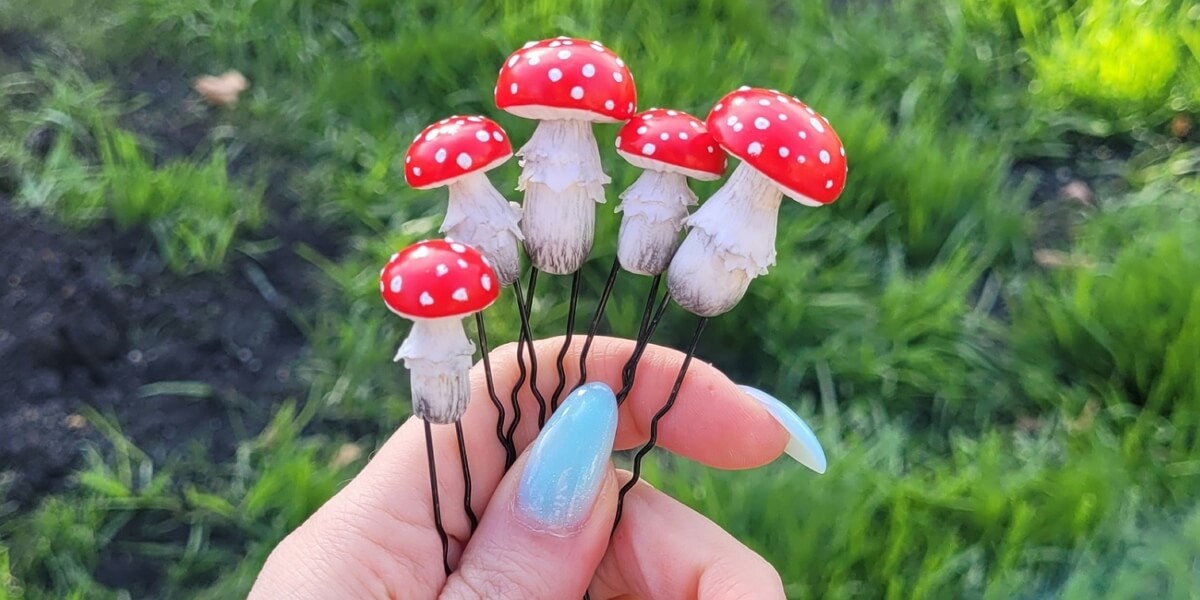The concept of microdosing, particularly with substances like Amanita mushrooms, has gained significant interest in the realm of non-traditional medicine. This article delves into the practice of microdosing Amanita, exploring its origins, potential benefits, risks, and how it aligns with holistic health approaches like herbal treatment and Ayurveda.
The Basics of Amanita Mushrooms
Amanita mushrooms, particularly Amanita muscaria, have been used for centuries in various cultures for their psychoactive properties. In Siberian shamanism, these mushrooms were used for spiritual healing rituals. The primary active compounds in Amanita are muscimol and ibotenic acid. These compounds are known for their psychoactive and potentially therapeutic effects.
What is Microdosing?
- Definition and Overview: Microdosing involves the consumption of minimal, sub-hallucinogenic doses of a psychoactive substance. The objective is not to induce a whole psychedelic experience but to subtly enhance cognitive and emotional states. Check this website for detailed information: https://amanita-universe.us.
- Microdosing vs. Full Doses: Unlike total doses that induce significant psychoactive effects, microdosing aims for understated changes that may improve mood, creativity, or focus without impairing normal functioning.
Microdosing Amanita in Non-Traditional Medicine
Advocates of microdosing Amanita suggest it can help with mood enhancement, anxiety reduction, and spiritual well-being. However, these claims are largely anecdotal at this stage. In holistic medicine, such as Ayurveda, the focus is on balance and natural healing. Amanita microdosing aligns with these principles with its natural origin and potential for promoting well-being. Individuals who have experimented with Amanita microdosing often report subtle but meaningful improvements in their daily life. However, personal experiences vary greatly and should be approached with caution.
Safety and Risks
Side effects may include nausea, dizziness, or disorientation. The unpredictability of individual reactions to Amanita compounds is a significant concern. Those with a history of mental health disorders, particularly psychosis, should avoid microdosing. The precise dosing and individual variability make it a practice to be cautiously approached.
Legal and Ethical Considerations
- Legal Status: The legality of Amanita mushrooms varies by region, with some places categorizing them as controlled substances.
- Ethical Concerns: The ethical considerations include ensuring informed consent for those exploring microdosing and the responsible portrayal of its effects in media and literature.
Methodology of Microdosing Amanita
Precise dosing is crucial, and starting with very small amounts is often recommended to gauge individual tolerance. Incorporating microdosing into a daily routine should be done thoughtfully, considering potential interactions with other medications and daily responsibilities.
Research and Future Directions
- Current Research: There is a scarcity of scientific research on Amanita microdosing, making it difficult to draw definitive conclusions about its efficacy and safety.
- Future Potential: The growing interest in psychoactive substances for therapeutic use suggests that more research into Amanita microdosing could be forthcoming, potentially uncovering valuable insights.
Microdosing Amanita presents a fascinating intersection between ancient practice and modern non-traditional medicine. While its potential benefits are intriguing, they have significant risks and uncertainties. As the scientific and medical communities continue to explore the properties of psychoactive substances, individuals need to approach Amanita microdosing with caution, thorough research, and professional guidance.
References and Further Reading For those interested in delving more deeply, a wealth of resources are available, including academic papers on the history and composition of Amanita mushrooms, personal accounts of microdosing, and discussions on the legal and ethical aspects of using psychoactive substances in non-traditional medicine.




